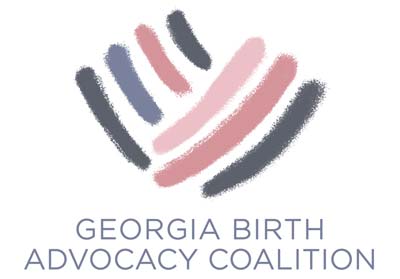Maternal Mortality
Georgia leads the nation in maternal mortality, and the rate at which mothers die from pregnancy and birth-related complications is increasing.
For decades, maternal mortality—death of birthing people during or after childbirth—was falling. But now, it’s rising again. Between 2000 and 2014, the maternal death rate increased more than 26%.
The rise in maternal mortality coincides with a massive increase in costly medical interventions. The c-section rate has tripled since 1990. This increase in interventions was supposed to save lives and improve outcomes. Instead, U.S. women are dying of pregnancy-related causes at the highest rate in the developed world. And Georgia has the highest rate of maternal deaths in the nation. It is safer to give birth in nations such as Palestine than it is to give birth in Georgia.
Some analysts are quick to blame women for their own deaths, saying that personal choices explain this rise in maternal deaths. The evidence does not support that claim. At least 60% of maternal deaths are preventable. If we consider the broader context in which people give birth and take into account lifestyle factors such as diet and nutrition before pregnancy, that figure increases.
Despite similar health risk factors, the maternal death rate in Georgia is almost seven times the maternal death rate in Australia. Georgia women’s lives are not disposable. Health care systems are not doing enough to stem the tide of maternal deaths. The majority (56.5%) of maternal deaths are due either to provider or facility factors.
Even more alarming, a report from state-level Maternal Mortality Review Committees found that 44% of maternal deaths occur in the six weeks after giving birth. This is the time when women are least likely to see care providers. Most women see doctors or midwives weekly in the weeks leading up to giving birth. But in the time that is statistically most dangerous, they see no one at all. What message does this send about the value of birthing people’s lives?
The statistics on death during pregnancy present and even more onerous picture. Homicide is the second-leading cause of death among pregnant women. This points to the perils of a society that undervalues and abuses pregnant people.
The good news is that, with the majority of deaths due to preventable causes, we can change this—and we can change it now. To learn more about what’s driving the maternal mortality crisis, read this CDC report.

